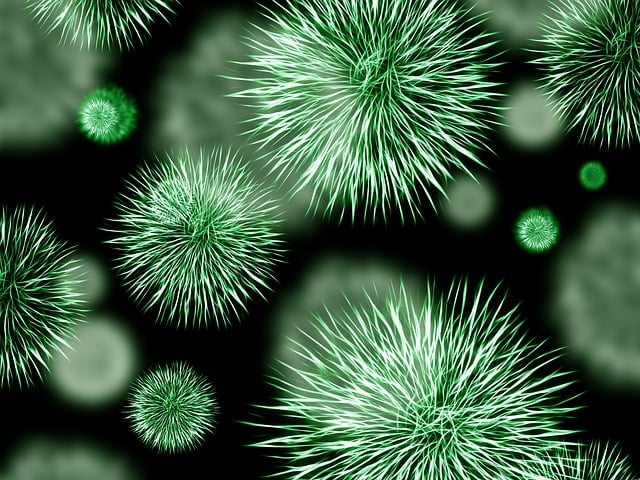Background
Monkeypox is transmitted by close contact with symptomatic cases , and those infected are supposed to be uniformly symptomatic. Evidence for subclinical monkeypox infection is limited to a few immunological studies that found evidence of immunity against orthopoxviruses in asymptomatic patients who were exposed to cases of monkeypox.
Aim
We aimed to assess whether infections occurred among asymptomatic patients among people who were screened for sexually transmitted infections (STIs) at a large STI clinic around the beginning of the 2022 monkeypox epidemic in Belgium.
Methods
Anorectal and oropharyngeal swabs collected for gonorrhea/chlamydia detection from May 1 to May 31, 2022 were retrospectively analyzed using monkeypox-specific PCR.
Cases with a positive PCR result were called to the clinic for investigation, repeat testing and contact tracing.
Results
In stored samples from 224 men , we identified three cases with a positive anorectal PCR for monkeypox. All three men denied having had symptoms in the weeks before and after the sample was taken. None of them reported being exposed to a diagnosed case of monkeypox, nor did any of their contacts develop clinical monkeypox.
Follow-up samples were taken 21 to 37 days after the initial sample, at which time monkeypox-specific PCR was negative , probably as a consequence of spontaneous clearance of infection.
Interpretation
The existence of asymptomatic monkeypox infection indicates that the virus could be transmitted to close contacts in the absence of symptoms. Our findings suggest that identification and isolation of symptomatic individuals may not be sufficient to contain the outbreak.
Evidence before this study
Similar to smallpox, monkeypox is transmitted through close contact with symptomatic cases, and 100% of those infected are assumed to develop symptoms. These characteristics imply that an outbreak in the general population tends to extinction with relatively minor hygienic measures, as observed in several outbreaks in endemic regions. However, if asymptomatic transmission occurs , the outbreak becomes much more difficult to contain.
We searched PubMed and Google Scholar for evidence of asymptomatic human monkeypox, using the search terms “monkeypox” AND (“asymptomatic” OR “subclinical”), and included peer-reviewed reports published through 17 June 2022. We identified seven original reports in three different epidemiological settings that reported indirect immunological evidence of asymptomatic monkeypox infection in a small number of people who were exposed to the virus. We found no studies that provided evidence of the virus in asymptomatic individuals.
Added value of this study
By retrospectively screening clinical samples collected for sexually transmitted infections at our center throughout May 2022 with a monkeypox-specific PCR, we found evidence of infection in asymptomatic monkeypox virus patients. in three individuals.
Implications of all available evidence
The existence of an asymptomatic monkeypox infection indicates that the virus can be transmitted in the absence of symptoms. This risk can be further quantified by studying viral dynamics in contacts of symptomatic and asymptomatic monkeypox cases. Our findings suggest that identification and isolation of symptomatic individuals may not be sufficient to contain the outbreak.
These findings have important consequences for the management of the epidemic. Until the role of asymptomatic transmission is further clarified, the precautionary principle applies . If we want to stop human-to-human transmission , control measures must be reviewed.
|
















